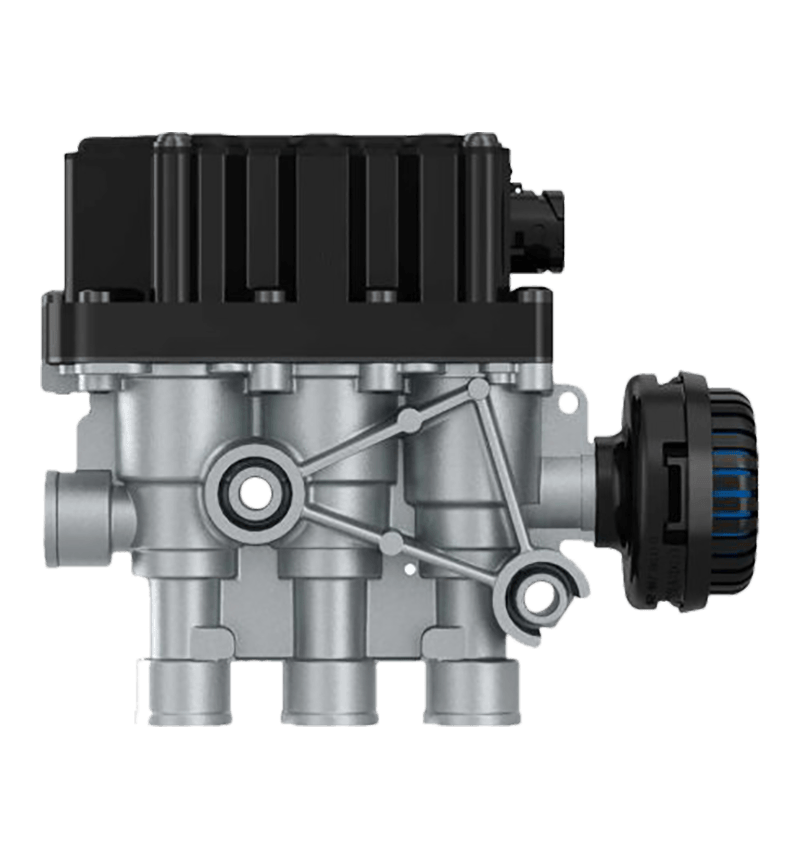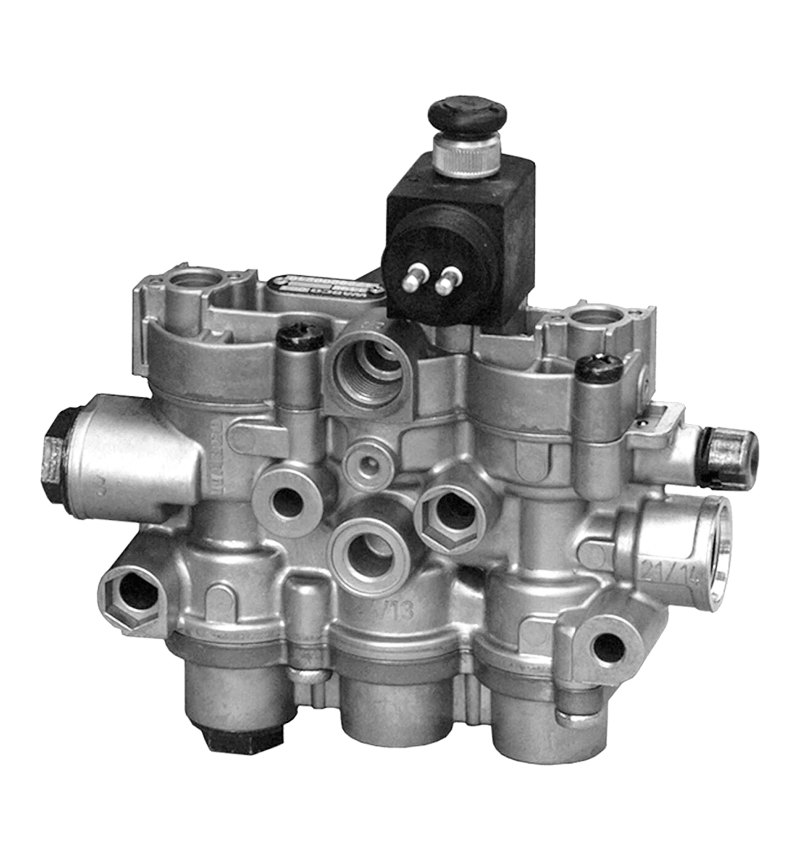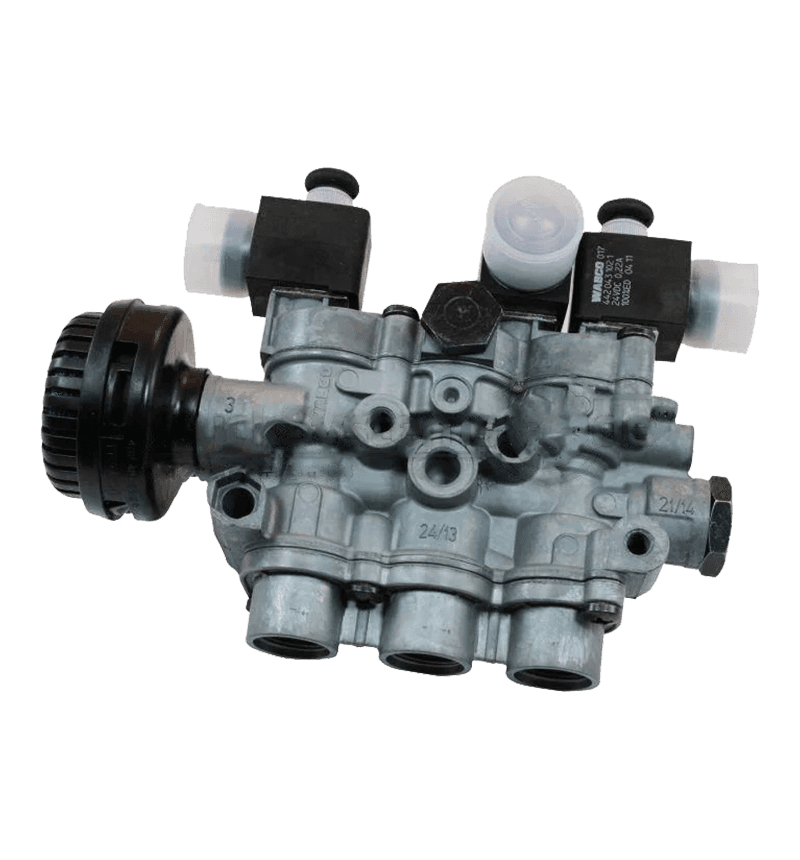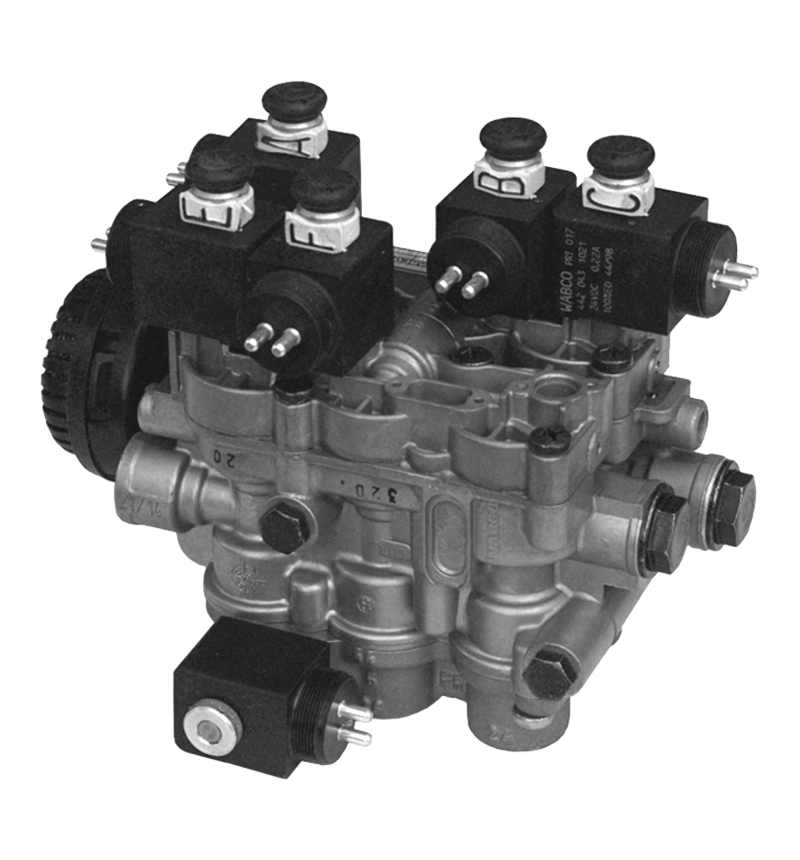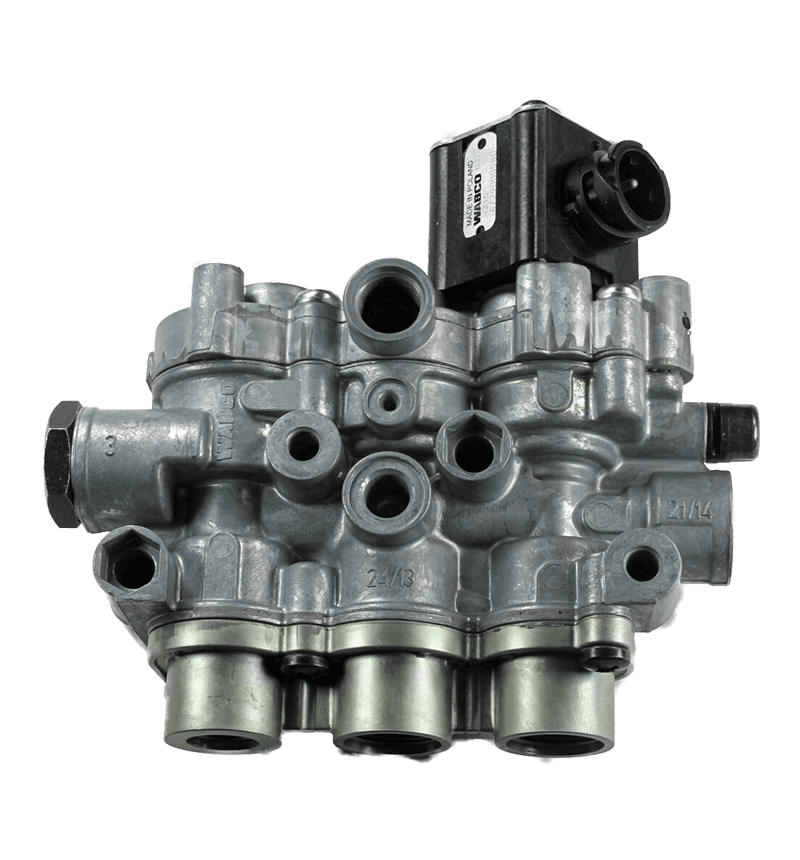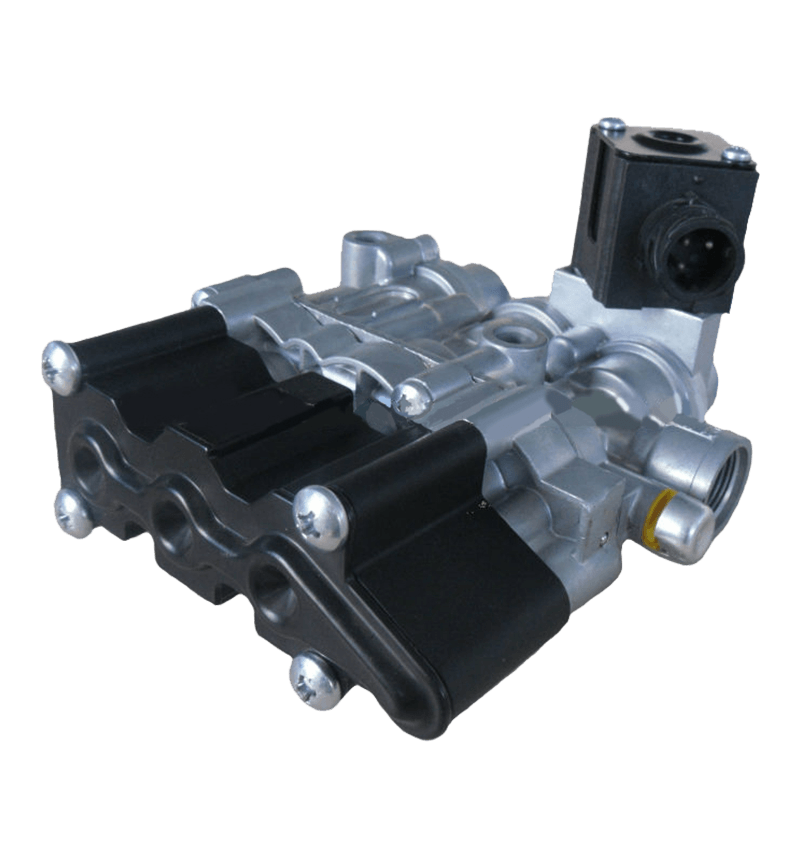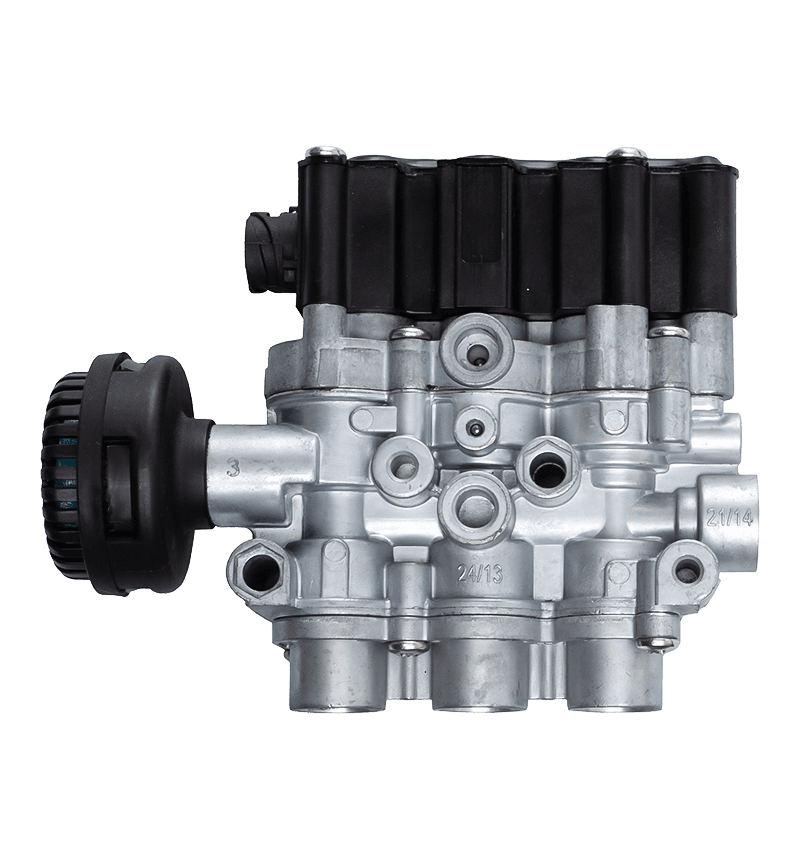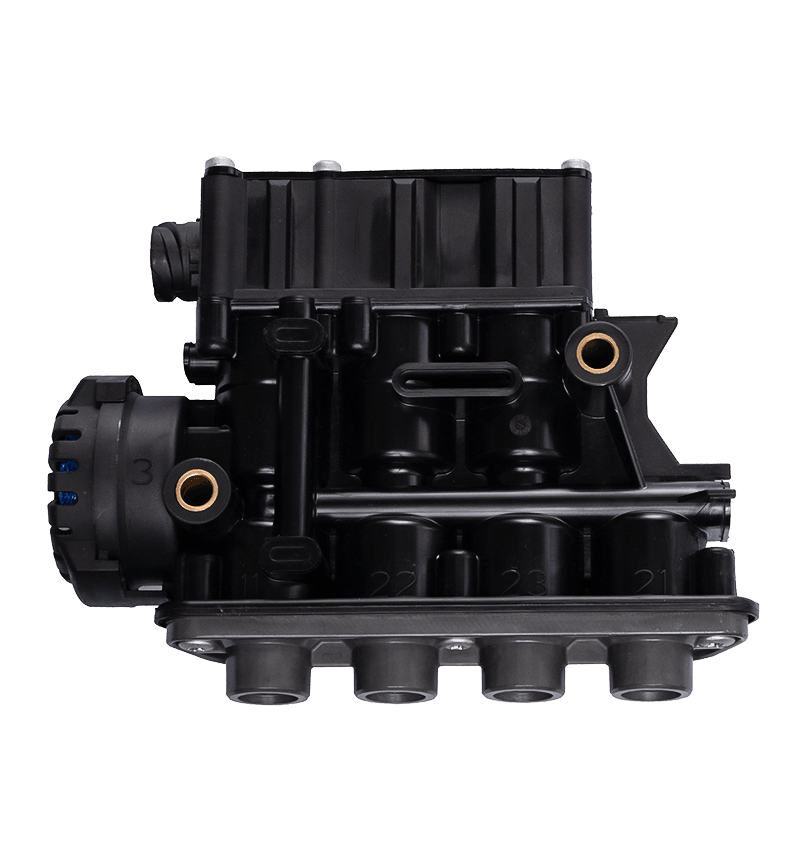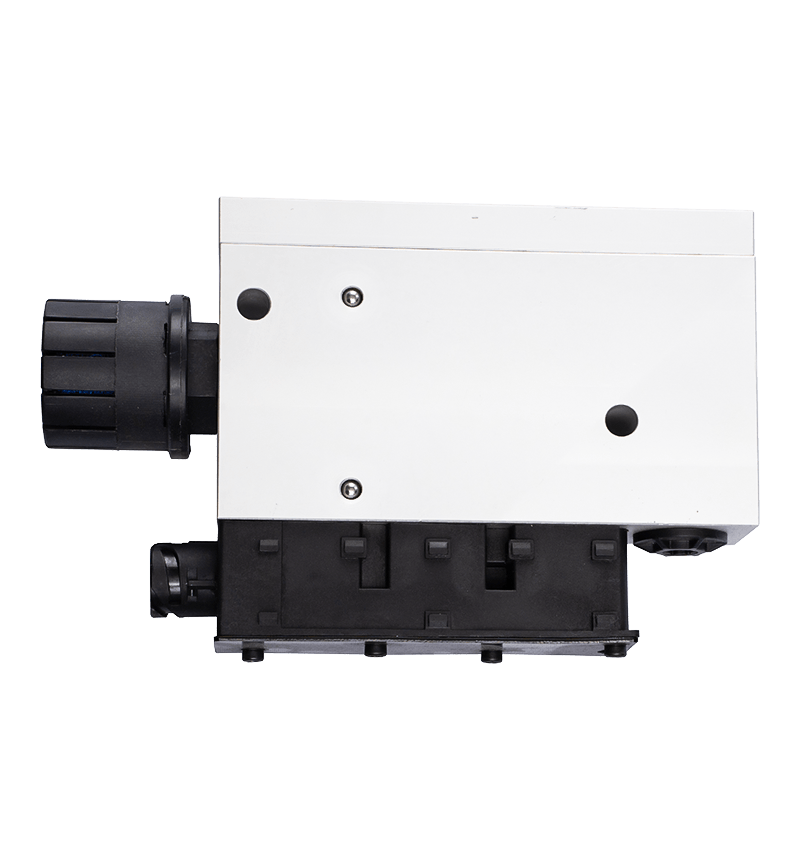Function of the ECAS Valve
The ECAS (Electronically Controlled Air Suspension) valve is a critical component in air suspension systems, responsible for regulating airflow to and from air springs. Its operation determines the height and stability of a vehicle by controlling air pressure in the suspension system. When the valve functions properly, it adjusts the suspension according to load, road conditions, and driver input. Any malfunction or failure of the ECAS valve can lead to improper suspension response, uneven ride height, or reduced vehicle stability. Understanding the valve's role is essential when evaluating the need for fail-safe mechanisms.
Common Causes of ECAS Valve Failure
ECAS valve failures may occur due to electrical faults, mechanical wear, contamination, or corrosion. Electrical issues include damaged wiring, failed solenoids, or control module errors, while mechanical wear may result from repeated cycles and internal component degradation. Contaminants such as dust, oil, or moisture can block passages, preventing proper airflow. Corrosion from exposure to road salt or environmental conditions can compromise the valve body or seals. Recognizing these failure modes helps in designing systems that can mitigate risks and maintain vehicle safety.
Fail-Safe Mechanisms in Air Suspension Systems
Many air suspension systems incorporate fail-safe mechanisms to ensure continued operation even if the ECAS valve fails. Mechanical bypass systems or secondary valves can provide a default airflow path, allowing partial suspension adjustment or maintaining a basic ride height. Some systems are equipped with pressure relief valves that prevent over-pressurization, protecting air springs and other components. Additionally, electronic control units can detect abnormal valve operation and initiate corrective actions, such as isolating the faulty valve or engaging backup control strategies. These measures help reduce the risk of vehicle instability or suspension damage during a valve failure.
Monitoring and Diagnostics
Advanced ECAS systems include monitoring and diagnostic features that contribute to fail-safe operation. Sensors measure air spring pressure, ride height, and valve position, transmitting data to the control unit. If a valve is unresponsive or operating outside its normal parameters, the system can trigger alerts, log error codes, or activate alternative airflow routes. This proactive monitoring allows operators or maintenance personnel to respond quickly, addressing potential issues before they result in significant performance or safety problems. Regular diagnostic checks are an essential part of maintaining fail-safe functionality.
Redundancy in System Design
Redundancy is a key strategy for enhancing fail-safe performance in ECAS-equipped vehicles. Some designs include multiple valves or parallel circuits to distribute airflow control. In the event of a single valve failure, secondary components can assume partial or full control to maintain suspension stability. Redundant sensors and control modules provide additional layers of protection, ensuring that the system can respond appropriately even when individual components malfunction. Implementing redundancy reduces the likelihood of complete system failure and contributes to overall vehicle safety and reliability.
Comparative Table of Fail-Safe Features
| Fail-Safe Feature |
Description |
Impact on Safety |
| Mechanical Bypass |
Provides default airflow to maintain basic ride height |
Prevents complete suspension collapse, maintains vehicle control |
| Pressure Relief Valve |
Releases excess air to protect air springs |
Reduces risk of component damage or rupture |
| Electronic Diagnostics |
Monitors valve performance and air pressure |
Alerts operator to abnormal conditions, enabling timely intervention |
| Redundant Valves and Sensors |
Additional components provide backup control |
Maintains system operation in case of individual component failure |
| Control Module Overrides |
Automatic adjustments or isolation of faulty valve |
Prevents cascading failures and maintains stability |
Maintenance Strategies
Preventive maintenance is critical for ensuring that ECAS valves and their fail-safe mechanisms operate effectively. Regular inspections should check for leaks, corrosion, or physical damage, and electrical connections should be verified for continuity and proper voltage. Cleaning or replacing contaminated components helps prevent blockage or malfunction. Calibration of sensors and control modules ensures accurate monitoring of air pressure and ride height. A well-maintained system reduces the likelihood of valve failure and ensures that fail-safe mechanisms are available and functional when needed.
Operational Considerations
Drivers and operators should be aware of fail-safe functions and system alerts in ECAS-equipped vehicles. Understanding how the system behaves in the event of a valve failure allows operators to adjust driving behavior, such as reducing speed or avoiding heavy loads, until maintenance can be performed. Training and clear instructions enhance safety, helping users respond appropriately to warning indicators. Proper operation, combined with the fail-safe design features, ensures that vehicles remain stable and controllable even under partial system failure.
Integration with Vehicle Safety Systems
ECAS fail-safe mechanisms are often integrated with broader vehicle safety systems, such as traction control, stability control, and braking assistance. Coordination between these systems allows the vehicle to compensate for changes in suspension response caused by valve failure. For example, electronic stability programs may adjust braking force or torque distribution to maintain handling performance. Integration enhances overall vehicle safety, ensuring that a single valve failure does not compromise multiple aspects of operation and helps preserve passenger safety under varying conditions.
Long-Term Reliability and System Design
The design of ECAS valves and fail-safe mechanisms focuses on long-term reliability. Using high-quality materials, corrosion-resistant coatings, and robust electronic components reduces the likelihood of failure. Regular testing and validation during development ensure that fail-safe features operate correctly under various scenarios. The combination of durable construction, redundant components, monitoring systems, and integrated safety strategies ensures that vehicles equipped with ECAS can handle unexpected valve failures without significant compromise to ride quality or stability.


 English
English Español
Español


